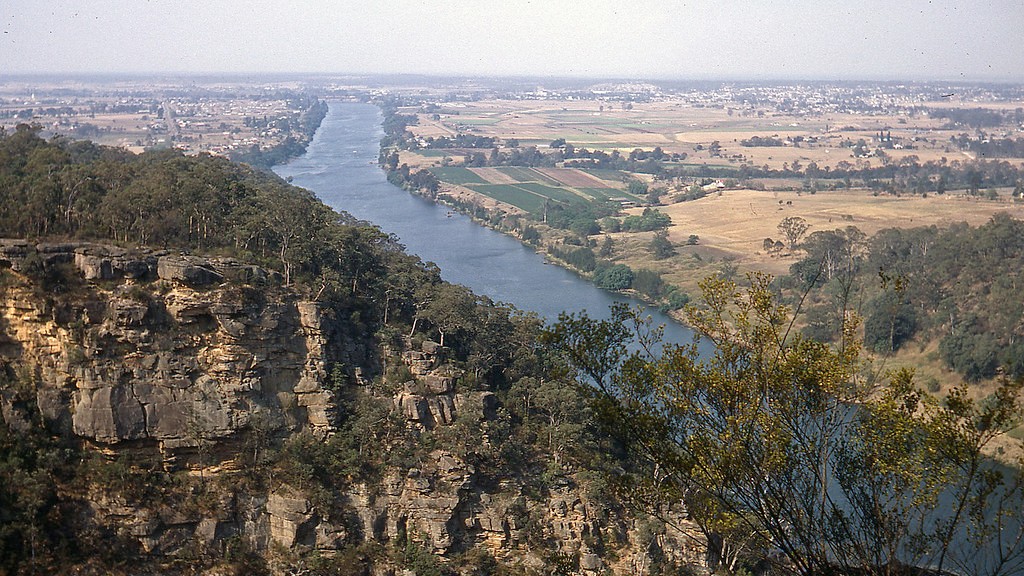Fish Species
The Mississippi River is home to a large variety of fish species, a testament to its immense size and diversity of aquatic habitats. Common species in the river include largemouth bass, catfish, walleye, carp, and numerous smaller species of panfish. Species such as bowfin and gar can be found as well, although in much lower numbers. The variety of species in the river are sure to satisfy any angler’s fishing ambitions.
Largemouth Bass
The most common bony fish in the Mississippi River is the largemouth bass. This species is native to the Mississippi, and is the species eagerly sought after by anglers. Largemouth bass can be found in every river or creek creek along the lower Mississippi River, and as far north as Minnesota. They inhabit depths up to 20 feet and prefer areas with cover such as rocks, stumps, and logs. Largemouth bass are known for their hardfighting capabilities and can reach weights of up to 14 pounds.
Catfish
Catfish are another popular species for anglers in the Mississippi River, given their sheer abundance. Channel catfish and flathead catfish are the most common species in the river, both of which can reach sizes close to 50 pounds. Catfish can be found in shallow areas such as backwaters, oxbows, and creeks as well as deep river holes. Anglers targeting catfish often use live bait such as worms, crayfish, or cutbait.
Walleye
Walleye are another popular species sought out by anglers in the Mississippi River. These species are native to northern parts of the Mississippi, with their range extending all the way to Canada. Walleye inhabit the cooler waters of the Mississippi, and can be found in shallower waters during their spawning period. Anglers fishing for walleye often use jigs, crankbaits, or live bait, and can target them in deeper runs and pools.
Carp
Carp is another species found in the Mississippi River. These species are native to Eurasia, and were introduced in the 19th century to supplement fisheries. Carp can often be found in shallow areas such as pools and backwaters, and can reach weights close to the 50 pound mark. Carp are known for their great taste, and are popular amongst anglers for their delicious flesh.
Smaller Panfish Species
The Mississippi River is also home to numerous smaller panfish species. These species include crappie, bluegill, and redear sunfish. All of these species are commonly targeted by anglers, and are favored amongst many due to their smaller bodies. Panfish can typically be found in shallow waters, and can reach sizes of up to 6 to10 inches.
Bowfin and Gar
The Mississippi River is also home to two species of primitive fishes: bowfin and gar. These species are the oldest of fish species in the Mississippi, and were amongs the original inhabitants of the river. Bowfin and gar can be found in deeper waters of the river and can reach impressive sizes if enough time is given.
Habitation and Spawning
The Mississippi River is home to diverse aquatic habitats, which also happens to provide ideal habitats for fish species. Throughout the river, there are areas for shallow spawning as well as deeper areas for feeding and resting. Areas such as oxbows, backwaters, and riverside creeks all provide ideal habitat for fish species. Sandbars and river banks offer ideal spawning grounds, providing enough concealment for vulnerable fry to prosper.
Man Made Impacts
Unfortunately, fish species in the Mississippi River have had to endure several human impacts. Overfishing, shoreline erosion, and pollution have all had negative impacts on fish species in the river. All of these man made influences have altered habitats and reduced the populations of species in the river. Conservation measures and laws such as catch and release have been implemented to reduce human impacts on fish populations.
Conservation and Fisheries Management
In order to ensure the health of Mississippi River fisheries, conservation and management measures have been placed into action. States along the river have implemented fishing regulations, size and bag limits, and protected areas in order to promote a healthy fisheries. Fishers must also adhere to these rules and regulations when fishing the Mississippi River. Additionally, fisheries management techniques, such as stocking and restocking of popular fish species, have been implemented to replenish and maintain fish populations.
Economic and Cultural Significance
The fisheries of the Mississippi River are also of great economic and cultural significance. Recreational fishing, commercial fishing, and aquaculture all rely heavily on the health of the Mississippi River fisheries. Not only has fisheries provided a source of livelihood for many, but fishing has also been a popular past time for many. Every year, anglers are drawn to the Mississippi River for the opportunity to experience its immense diversity of fish species.
Protected Areas and Reserves
In order to protect fish species in the Mississippi River, several protected areas and reserves have been established. These areas are established by both government and non government organizations, and are essential for the conservation of certain sensitive fish species. In these areas, fishing is prohibited, and works towards preserving these species for generations to come.
New Technologies and Regulations
In recent years, new technologies and regulations have been implemented to protect the fish species of the Mississippi River. Modern fishing gears such as circle hooks and non lead jigs have been introduced to decrease damage to fish populations and habitats. Regulations such as daily bag limits, minimum size limits, and closed seasons have also been established to protect fish populations as well.
Conclusion
The Mississippi River is home to a large variety of fish species, making it a popular destination for anglers. Species such as largemouth bass, catfish, walleye, carp, and panfish can all be found in the river. In addition, bowfin and gar can also be found, although in much lower numbers. Human impacts have had some negative consequences on the river’s fish populations, which has lead to the implementation of conservation and management measures. Protected areas and reserves, as well as modern technologies and regulations, have all been put in place to ensure the health of Mississippi River fisheries.



